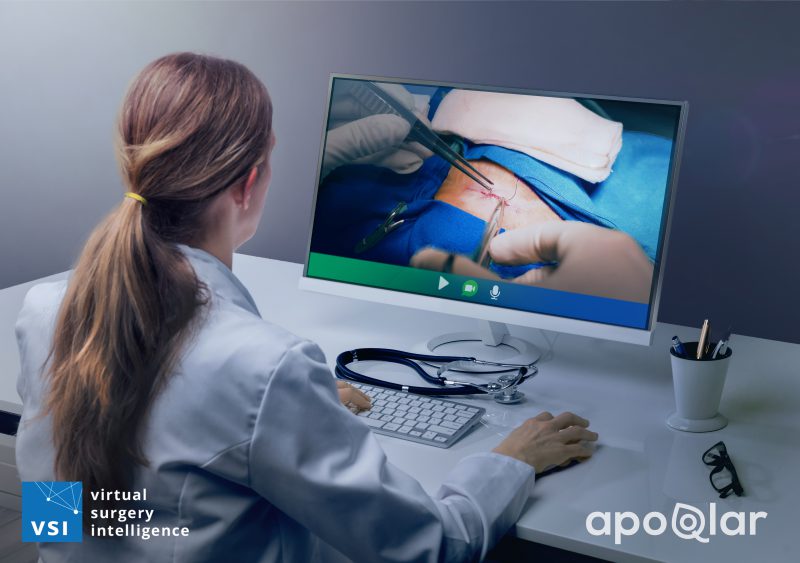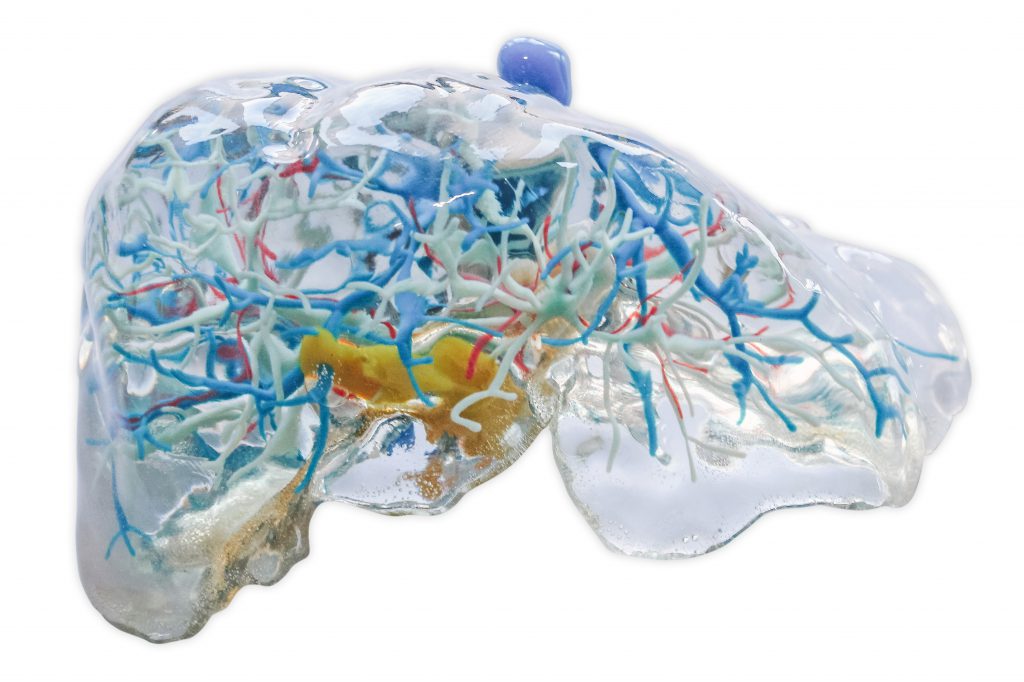Training and Education
The performance of medical interventions requires extensive theoretical and practical skills as well as many years of experience. Training and practical testing are traditionally carried out according to the “See One, Do One, Teach One” method, namely the students first observe experienced surgeons and later carry out operations themselves under their guidance. However, this type of training requires enormous personnel as well as time resources and also entails a high safety risk for the patients.

With the integration of AR, VR and 3D printing, the training and advanced education of young physicians can be carried out more efficiently. Specific cases can be discussed using the 3D image data and precisely reproduced in VR. The printed 3D models allow young physicians to gain their first valuable hands-on experience. For example, they can learn to feel a tumour at different stages of its development (“haptic feedback”) and then examine the situation in a VR environment. In addition, individual surgical steps can be trained in virtual scenarios. Moreover, actual surgeries can be monitored by telepresence.

